What Is Extended Reality (XR)?
Advancements in immersive technologies that merge the physical and virtual worlds have resulted in the growing popularity of Extended Reality (XR). These technologies are becoming increasingly popular within the pharmaceutical, biotechnology, and healthcare industries as they offer an exciting and engaging way to demonstrate medical products, facilitate communication with key stakeholders, visualize disease pathways, and convey important scientific concepts.
These interactive technologies have revolutionized user experience, offering higher levels of engagement that strengthen both memorability and interest. Extended Reality (XR) is the umbrella term that covers Virtual Reality (VR), Augmented Reality (AR), and Mixed Reality (MR). In an era marked by rapidly advancing technological landscapes, the fields of VR, AR, MR, and the emerging concept of XR have become integral components reshaping our digital experiences.
As we navigate through an increasingly interconnected world, understanding the differences between these immersive technologies is paramount. In this article we explore the meaning of VR, AR, MR and XR and their unique attributes and applications…
Mixed Reality (MR)
Mixed reality is a mixture of both VR and AR whereby 3D content is overlayed on-top of the real world via a headset. MR is a blend of physical and digital worlds, merging a real-world environment with a computer-generated one. This engaging experience is extremely immersive and comfortable while the users remain aware of their surroundings. In MR, virtual objects are expected to interact with the real world.
Mixed reality offers a novel, creative approach to scientific communication. Unlike VR, a key benefit of MR technology is its ability to engage users without completely transporting them into a virtual world, this hybrid environment that combines the physical and digital worlds offers great advantages for training and collaboration purposes. MR can improve efficiency by providing users with real-time access to information and medical data, allowing them to make faster and more accurate decisions whilst strengthening their understanding. MR can be used to create interactive educational experiences that allow users to explore complex concepts in a more intuitive way. For example, showcasing the science behind a product or device through simulated 3D models. Users can explore and interact with a compound, molecule or mechanism in real time, unraveling key scientific concepts through mesmerizing graphics.
Virtual Reality (VR)
Virtual reality is simulated 3D content that encompasses the user’s entire view. This is accomplished using a VR headset where the real world is not visible and the user is plunged into a computer generated virtual environment. This type of interactive experience is deeply engaging and can be experienced through a tethered headset, that requires connection to a computer, or an untethered wireless headset. VR experiences create a ‘presence’, making the user feel as if they are really there in their surroundings.
The immersive nature of VR allows the user to be plunged into unimaginable 3D environments, such as inside the human body, taking them on an exciting and captivating journey. This innovative technology truly brings complex scientific concepts to life and supports a strong narrative approach to scientific storytelling. This unique combination of virtual storytelling and cutting-edge VR technology can offer an improved understanding of scientific intricacies related to medical products or disease pathways by fully engrossing the user into a simulated world.
Augmented Reality (AR)
Augmented reality is 3D content which is overlayed on-top of the real world. In the case of AR, the physical and virtual worlds do not typically interact. This content is screen-based and can either be marker-based which works by scanning a marker, for example a QR code, to trigger the experience, or markerless. In addition, AR content can be housed through an app or web-based, using a web browser to deliver the experience. AR can be used anywhere and has a variety of uses in the scientific industry.
Augmented reality can revitalize conventional marketing and educational assets by incorporating captivating digital content easily accessible through smartphones or tablets. This encompasses a spectrum of possibilities, from informative disease education videos and detailed drug MoAs (mechanism of action) to immersive tours of Research and Development facilities or compelling demonstrations of cutting-edge devices. Additionally, AR proves invaluable for use at congresses and events by breathing life into banners, handouts and backdrops, enhancing the real-world with engaging scientific content.
Extended Reality (XR)
Extended reality is simply an umbrella term for the combination of all the different realities, VR, AR and MR. Every immersive technology amplifies our reality, whether by seamlessly merging the virtual and tangible worlds or by crafting a fully absorbing experience.
In the pharma, biotech and healthcare industries, extended reality offers an exciting solution to some of their biggest industry challenges. Data visualization, training and learning, marketing and product visualization can all benefit from XR, by equipping teams with the tools to capture the attention of users, injecting a dose of virtual magic that goes beyond our imaginations.
Are you interested in seeing how extended reality (XR) can help you?
Related news
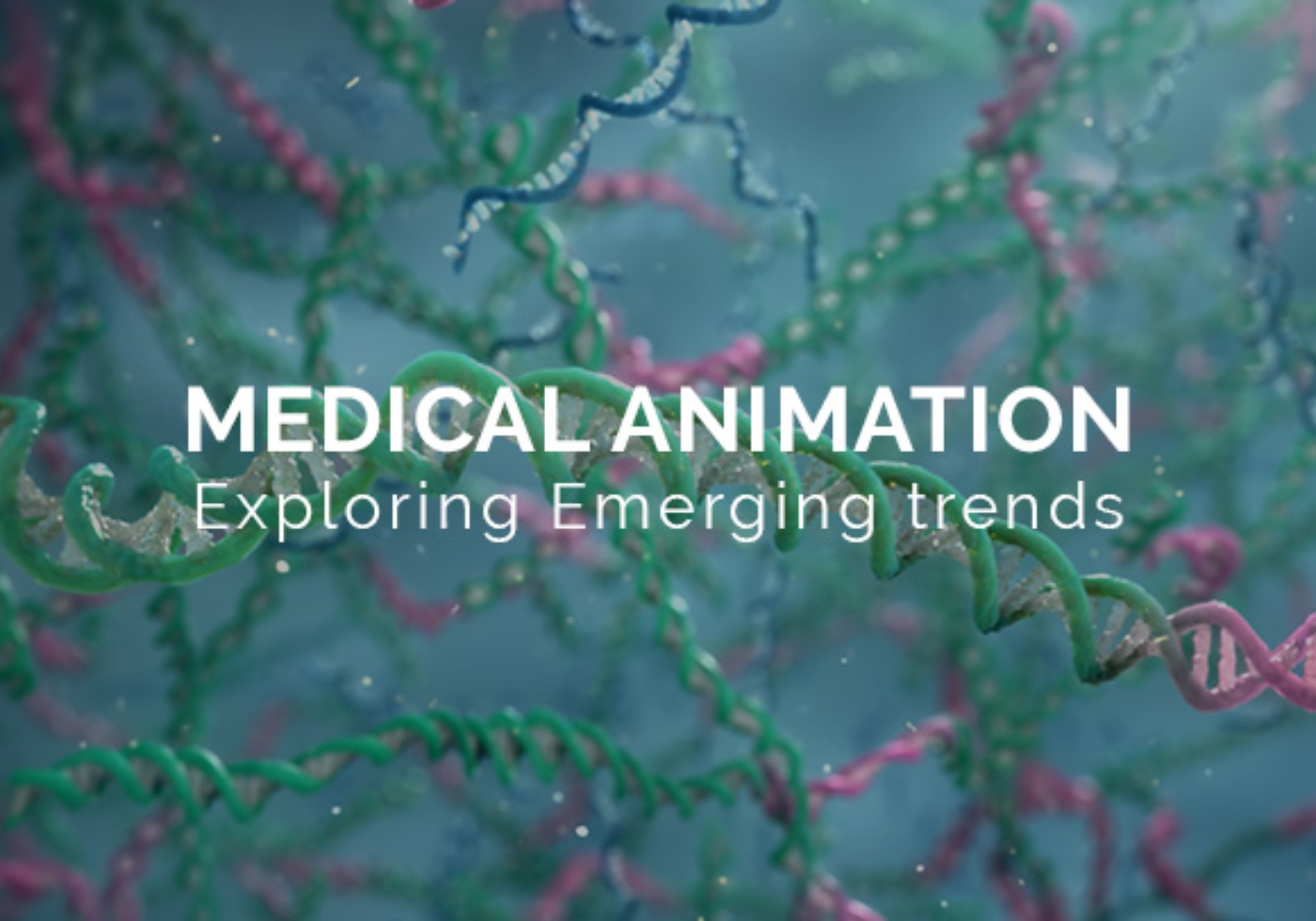
Emerging Trends in Medical Animation
Emerging Interactive Trends

Best Headsets of 2024


